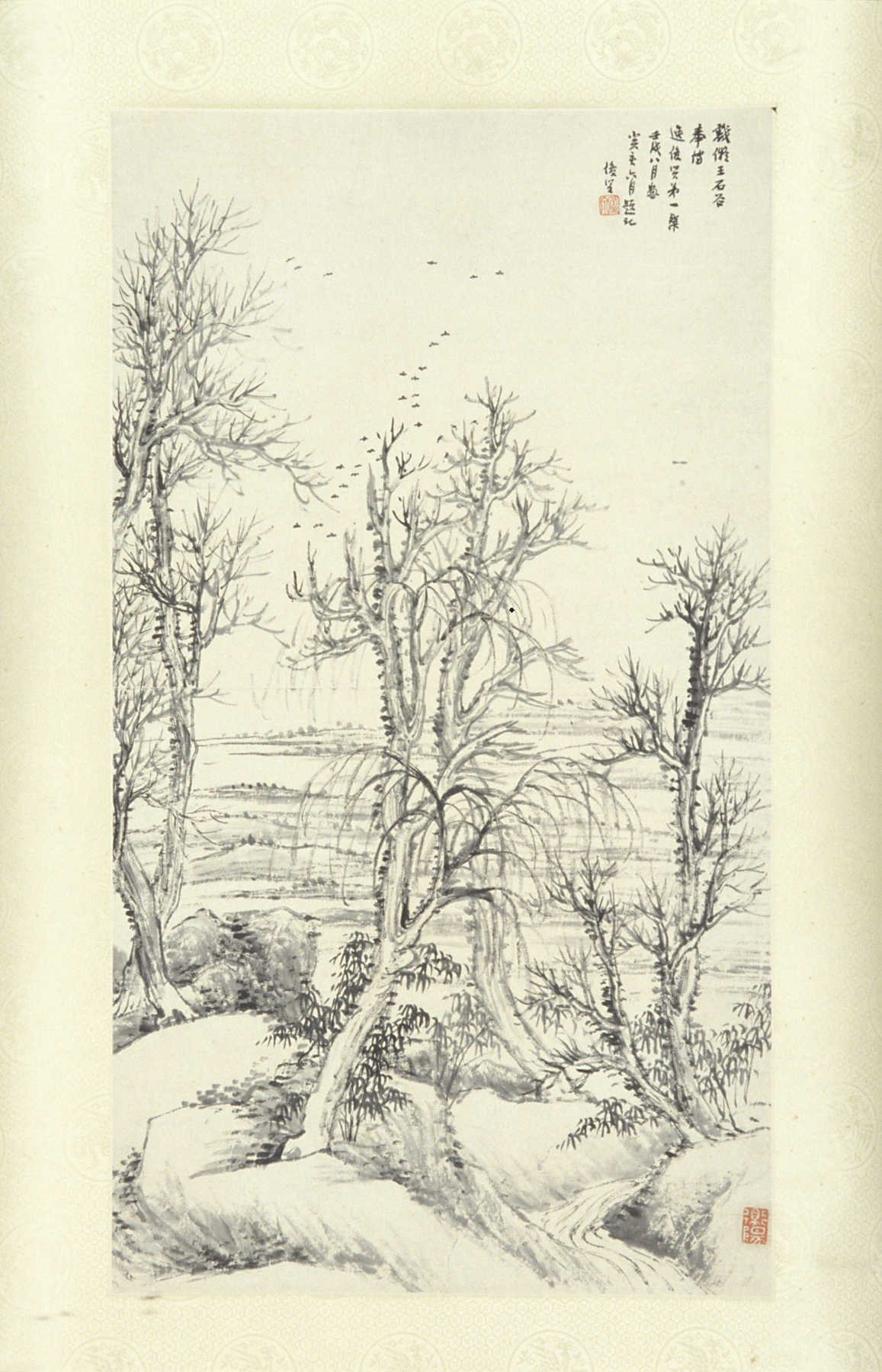Landscape after Wang Hui, Xiao Junxian
Artwork Overview
Xiao Junxian, artist
1865–1949
Landscape after Wang Hui,
1922, Republic of China (1911–1949)
Where object was made: China
Material/technique: silk; ink
Dimensions:
Image Dimensions Height/Width (Height x Width): 66.7 x 37.4 cm
Mount Dimensions (Height x Width x Depth): 200.7 x 52 cm
Mount Dimensions (Height x Width x Depth): 79 x 20 1/2 in
Image Dimensions Height/Width (Height x Width): 66.7 x 37.4 cm
Mount Dimensions (Height x Width x Depth): 200.7 x 52 cm
Mount Dimensions (Height x Width x Depth): 79 x 20 1/2 in
Credit line: Gift from the Ssu-ch'uan-ko Collection
Accession number: 1991.0153
Not on display
If you wish to reproduce this image, please submit an image request

